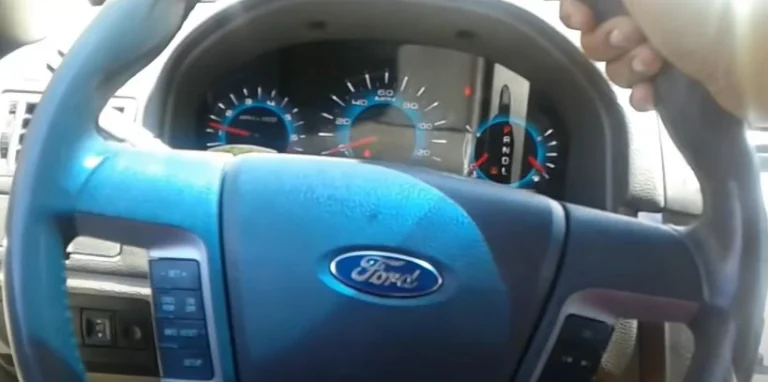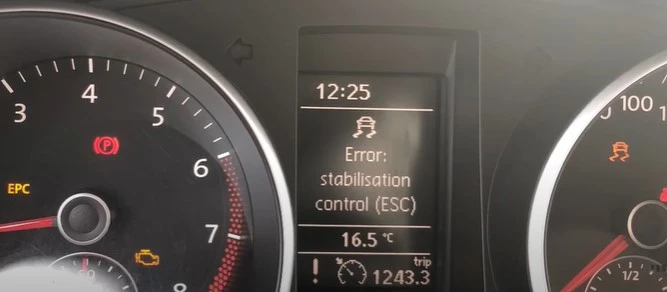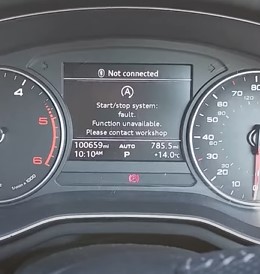EDC Light on Iveco: What It Means and How to Fix It?
If you’re driving an Iveco vehicle and notice the EDC light on the dashboard, it’s important not to ignore it.
EDC Light on Iveco, The EDC (Electronic Diesel Control) light is a critical warning that signals an issue with the vehicle’s diesel system, particularly with the fuel management or engine performance.
Understanding what triggers the EDC light and how to resolve it can help you avoid potential engine damage and expensive repairs. In this article, we’ll dive into the meaning of the EDC light, what causes it, and how to fix it.
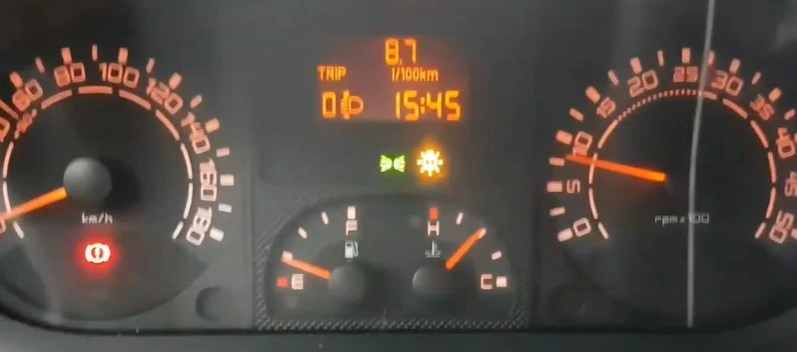
What Does the EDC Light on Iveco Mean?
The EDC light on an Iveco vehicle is designed to alert you to a malfunction within the diesel engine’s fuel system.
The Electronic Diesel Control system is responsible for regulating fuel injection, exhaust gas recirculation, turbocharging, and other critical engine functions.
When the EDC light comes on, it’s a clear indication that there is a problem that could affect the performance, efficiency, or even the safety of the vehicle.
Typically, the EDC light will either illuminate as a solid light or blink, depending on the severity of the issue. A solid EDC light means there’s a non-urgent issue,
but a blinking light signals a more immediate problem that could affect the vehicle’s operation. It’s essential to act quickly to prevent further damage.
Common Causes of the EDC Light on Iveco
Several issues can trigger the EDC light on an Iveco vehicle. Some of the most common causes include:
1. Fuel System Issues
Problems with the fuel injectors, fuel pump, or fuel filter can lead to the EDC light coming on. If the fuel is contaminated or the flow is restricted, it can cause performance issues like misfires, reduced power, or poor fuel efficiency.
2. Turbocharger Malfunctions
The turbocharger is responsible for boosting the engine’s power. If there’s a fault with the turbo system, such as a boost leak or damaged components, the EDC light will activate.
3. Exhaust Gas Recirculation (EGR) Valve Problems
The EGR valve is designed to reduce nitrogen oxide (NOx) emissions by recirculating exhaust gases back into the engine. A malfunctioning EGR valve can lead to excessive soot buildup, affecting engine performance and triggering the EDC light.
4. Sensor Failures
Various sensors monitor engine performance, including the mass air flow sensor, oxygen sensor, and crankshaft position sensor. If any of these sensors fail or send incorrect data to the engine control unit (ECU), the EDC light may come on.
5. Wiring or ECU Issues
Electrical issues, such as a damaged wiring harness or problems with the engine control unit (ECU), can also cause the EDC light to illuminate. A faulty ECU can misinterpret sensor data, leading to incorrect fuel and air management.
How to Fix the EDC Light on Iveco
If your Iveco’s EDC light comes on, follow these steps to identify and resolve the issue:
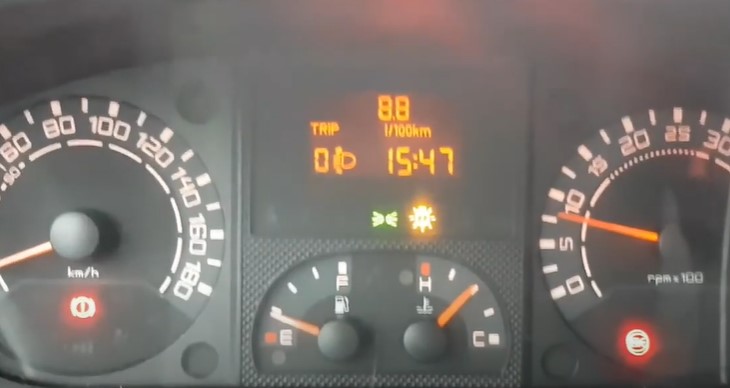
1. Check for Error Codes
The first step is to use a diagnostic scanner to read the error codes stored in the vehicle’s ECU. This can help pinpoint the exact problem triggering the EDC light. A professional mechanic or dealership can do this if you don’t have access to a scanner.
2. Inspect the Fuel System
If the issue seems related to the fuel system, check the fuel filter, fuel injectors, and fuel pump. Replace any clogged or damaged components to restore proper fuel flow and pressure.
3. Inspect the Turbocharger and EGR Valve
If the turbocharger or EGR valve is suspected, have them inspected for any faults. Turbochargers can often be cleaned if they’re clogged, and EGR valves may need to be replaced if they are malfunctioning.
4. Check the Sensors and Wiring
Test the engine sensors to ensure they are functioning correctly. If any sensors are faulty, replace them. Also, inspect the wiring for any signs of damage or wear, especially around the ECU and other critical components.
5. Reset the EDC Light
After addressing the issue, reset the EDC light using a diagnostic scanner. This will clear the error codes and turn off the warning light if the issue has been resolved.
People also ask
What is the EDC error on Iveco?
The EDC error on an Iveco refers to a malfunction in the Electronic Diesel Control (EDC) system, which manages the fuel injection and emissions in diesel engines.
When the EDC light appears on the dashboard, it indicates an issue with the engine’s fuel system, sensors, turbocharger, or exhaust gas recirculation (EGR) valve.
This error can affect engine performance, fuel efficiency, and emissions control, and should be addressed promptly to prevent further damage.
What does the EDC light mean?
The EDC light indicates a problem with the Electronic Diesel Control system in a vehicle, which manages fuel injection and engine emissions.
It warns of issues with components like the fuel system, sensors, turbocharger, or exhaust gas recirculation (EGR) valve.
The light signals a need for diagnosis and repair to prevent performance issues or engine damage.
What is EDC on a dashboard?
EDC on a dashboard refers to the Electronic Diesel Control system, which manages fuel injection and emissions in diesel engines.
When the EDC light appears, it signals a problem with the fuel system, sensors, or other engine components, requiring attention to prevent performance issues.
What does EDC mean on a truck?
EDC on a truck stands for Electronic Diesel Control. It is a system that manages the diesel engine’s fuel injection, emissions, and overall performance.
If the EDC light appears, it indicates a malfunction in the system, such as issues with the fuel system, sensors, or turbocharger, which requires attention to avoid engine problems.
Conclusion
The EDC Light on Iveco vehicle is an important indicator that there is a problem with the diesel engine’s fuel or emission systems.
Whether it’s due to a fuel system issue, turbocharger malfunction, or sensor failure, it’s essential to diagnose and fix the problem promptly to avoid engine damage.
By following the steps outlined in this article, you can get your vehicle back to running smoothly. Always consider consulting a professional mechanic if you’re unsure of the cause or solution.

